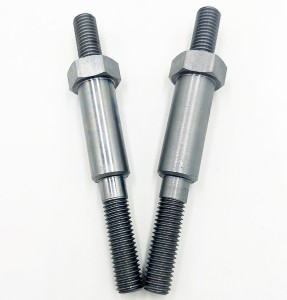Benefits of nickel plating
There are many benefits, and they all stem from several different characteristics of nickel:
Wear resistance-as long as you add a layer to the material, it can maintain its appearance and brightness for a long time
Corrosion resistance-usually made of matt and bright nickel with excellent corrosion resistance
Magnetic properties
Hardness and strength
Lubricity
Diffusion barrier properties-this makes it suitable as a barrier between the material on which it is placed and the second coating metal (such as gold and silver)

What is the effect of nickel plating?
First, the nickel layer is easily applied to several common metals and alloys, such as copper and copper alloys, aluminum, low carbon steel, titanium, hardened steel, stainless steel, brass, zinc die-casting and plastics.
Some of these materials require special treatment before nickel plating. In addition, before electroplating, the product must be free of grease, scale, oxide and oil.
The use usually depends on the type of nickel involved.
Engineered nickel is often used for non-decorative applications
Bright nickel is the standard for the automotive industry and the manufacture of hand tools and household items
When it comes to more specific uses, nickel plating is often used as the base plating due to its excellent adhesion to other materials. Nickel plating is used for:
Chemical Equipment
Food processing equipment
Electronic application
Aerospace applications
Automotive industry applications
Anode and cathode
Heat shield
If you'd like to speak to a member of the Anebon team for China Lathe Process, 5 Axis Machining and Precision Aluminum Parts, please get in touch at info@anebon.com
Post time: Oct-30-2020

